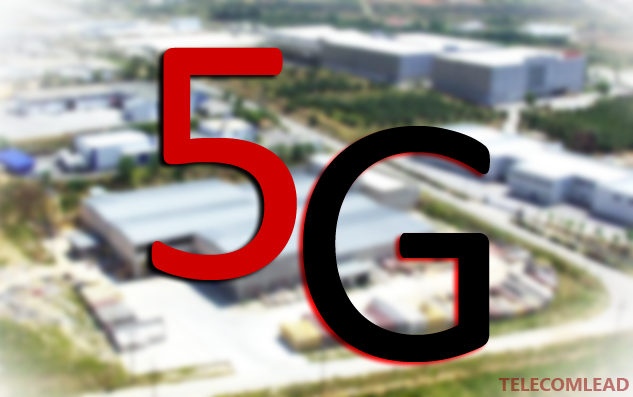
Mobile broadband operators will generate revenues of $247 billion in 2025 from 5G services, said ABI Research.
North America, Asia Pacific, and Western Europe will be the top 5G markets globally. ABI Research said telecom network operators, telecom equipment vendors, and standards bodies will finalize technical details concerning the millimeter wave by 2020, with rollout ramping up afterward.
5G mobile subscriptions will reach 150 million by 2021. South Korea, Japan, China and the US are predicted to lead with the first, and fastest, 5G subscription uptake, according to Ericsson Mobility Report released in February 2016.
Rima Qureshi, chief strategy officer at Ericsson, said recently: “5G is about more than faster mobile services – it will enable new use cases related to the Internet of Things.”
Verizon Wireless (North America), NTT Docomo (Japan), KT (Korea), and SK Telecom (Korea) formed the 5G Open Trial Specification Alliance. Verizon Wireless’s acquisition of XO Communications’ fiber network business brings strategic access to licensed millimeter wave spectrum with which to deploy 5G.
Recently, Bharti Airtel (India) and China Mobile (China) announced their intention to start investing in 5G trials. Telecoms in both China and India are currently investing in TD-LTE networks in a big way.
5G will be a fast-growing cellular technology, most probably faster than 4G, according to ABI Research.
LTE connections reached 1.1 billion worldwide in 2015 according to telecom analyst firm Ovum. North America had 237 million LTE connections of the 1.1 billion as of Q4 2015.
Joe Hoffman, managing director at ABI Research, said: “The technology migration over the next few years will mean the continued decline of 2G, 3G, and 4G will grow in many markets but 5G will generate new use cases and market revenues.”
The 5G market faces several key challenges for telecom infrastructure vendors and mobile operators.
Spectrum fragmentation, standards development, coverage range, availability of mobile devices, and Capex / Opex will be the main obstacles. The development of use cases that ensure profitable outcomes from the competitive advantages of 5G will be the most important challenges for telecom infrastructure vendors and mobile operators.
Unlike the case with LTE, 5G stakeholders are trying hard to achieve spectrum harmonization. As with LTE, however, 5G will also include unlicensed and shared spectrum schemes. Government organizations worldwide will need to work together to regulate the 5G spectrum and set the new standard, said ABI Research.
ABI Research forecasts that 8.5 million small cells will be deployed by 2020, setting in place the infrastructure for a rapid 5G millimeter wave rollout. In-band backhaul is a new tool to solve connectivity issues.
Vina Krishnan
editor@telecomlead.com
